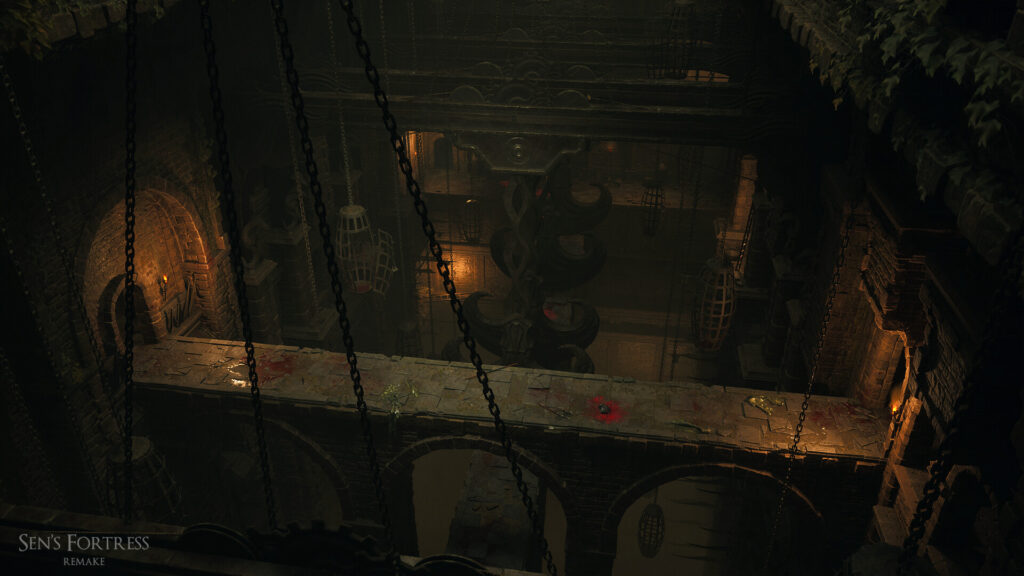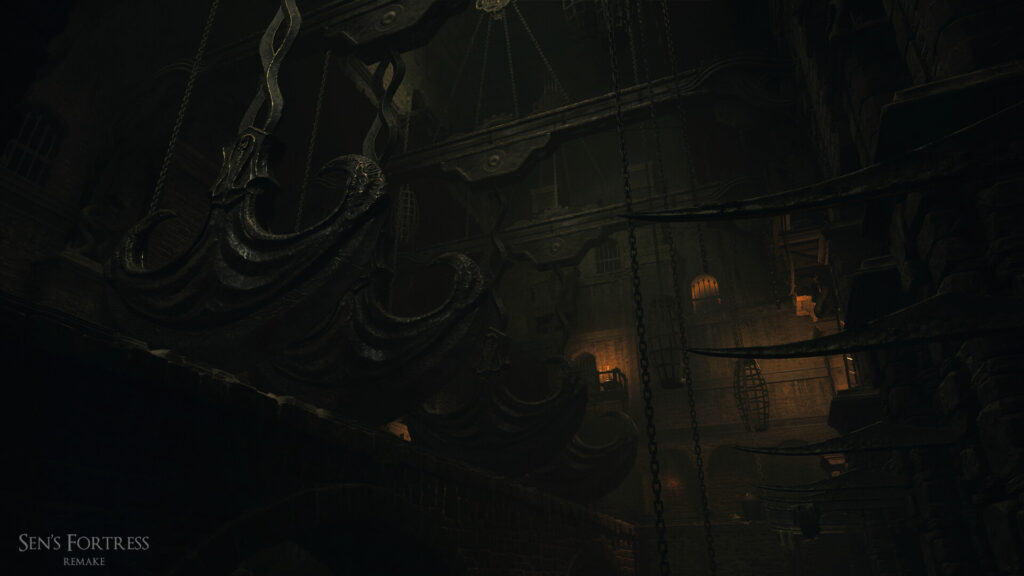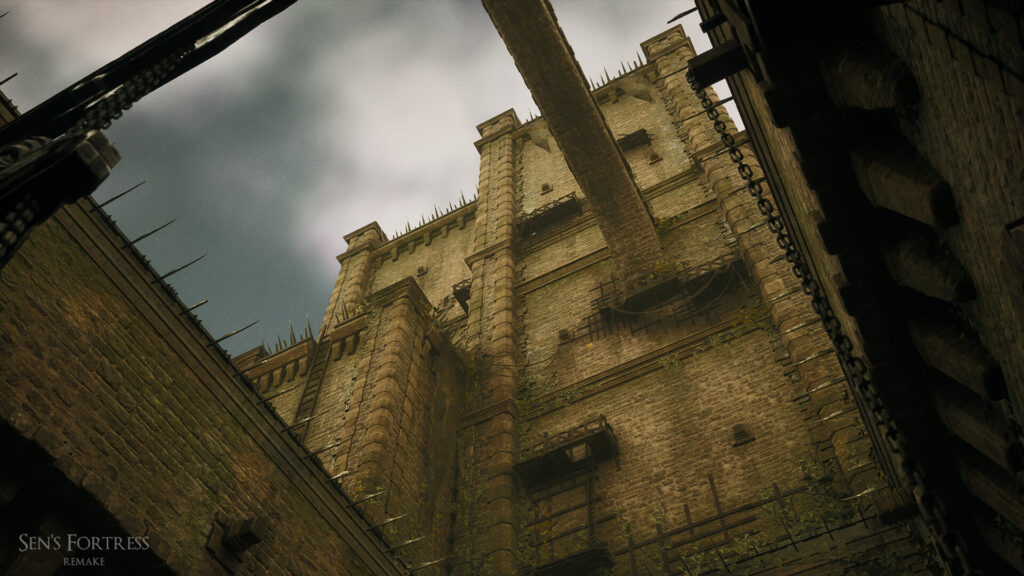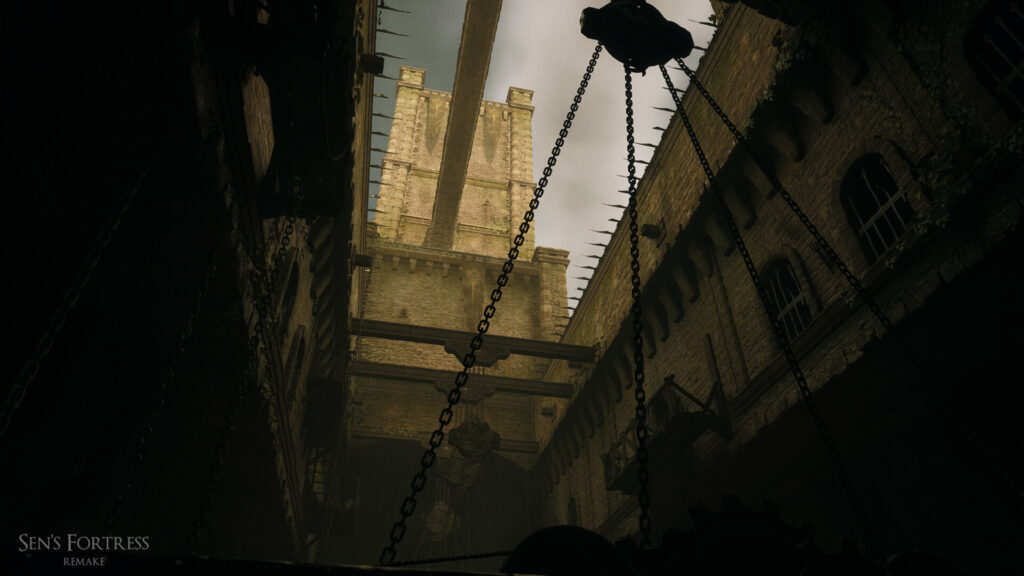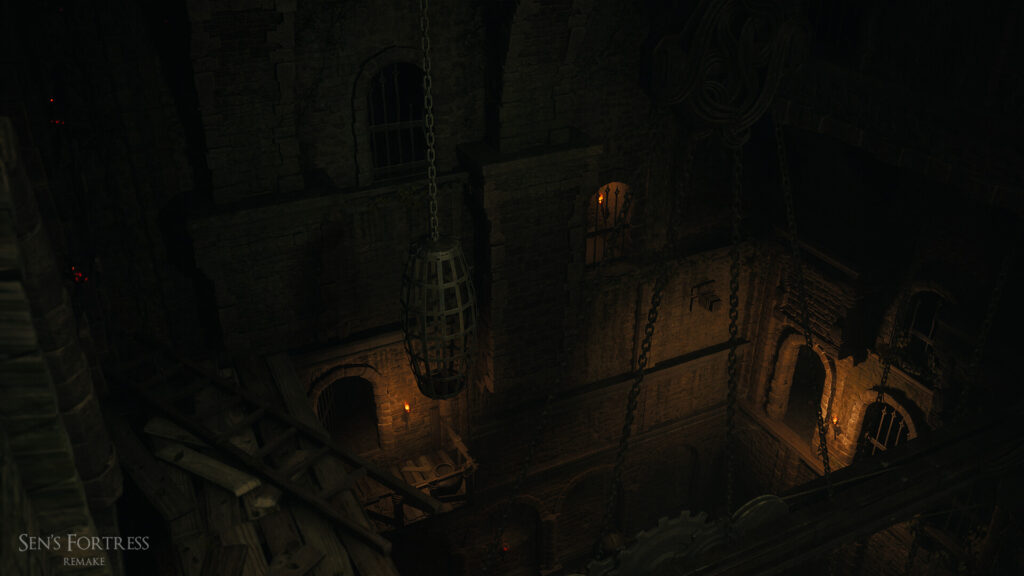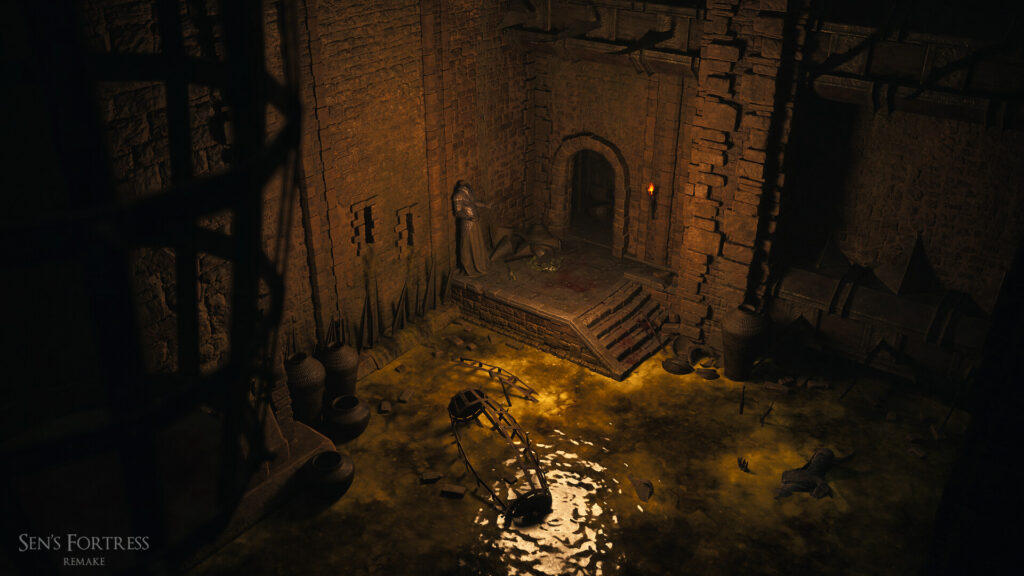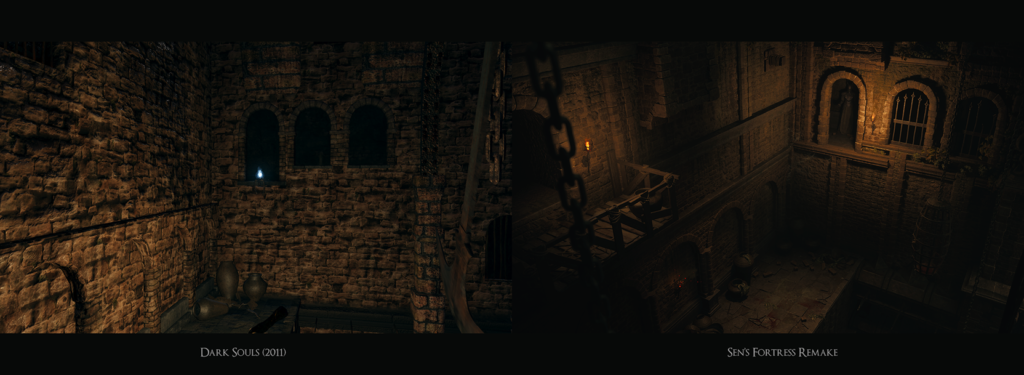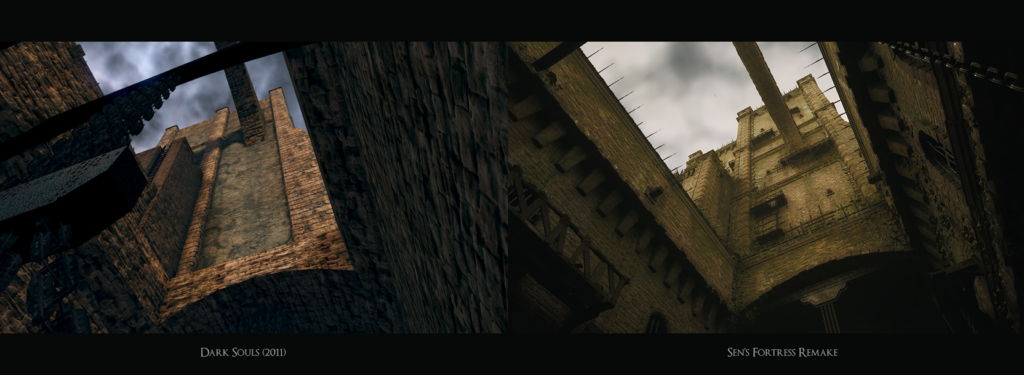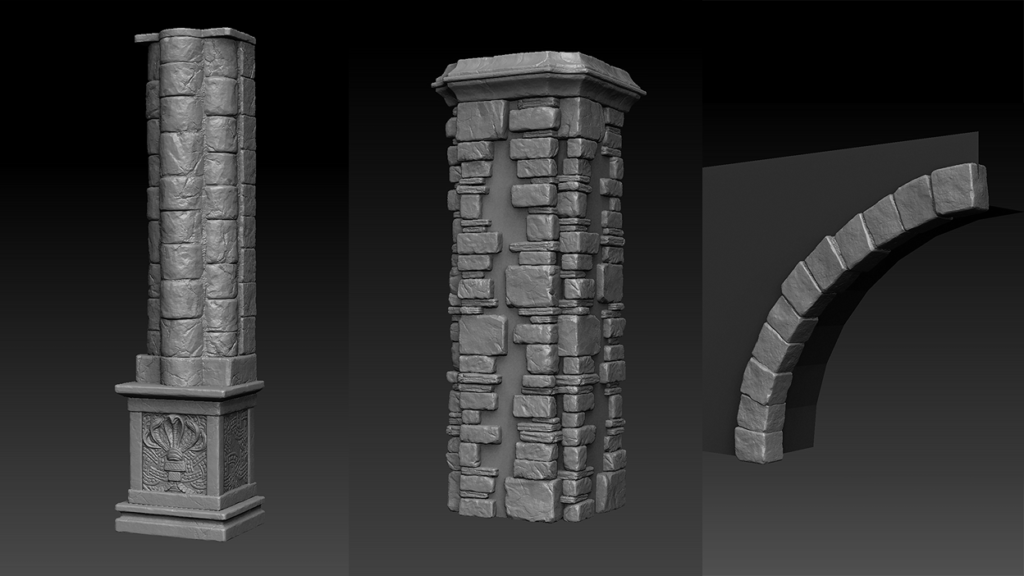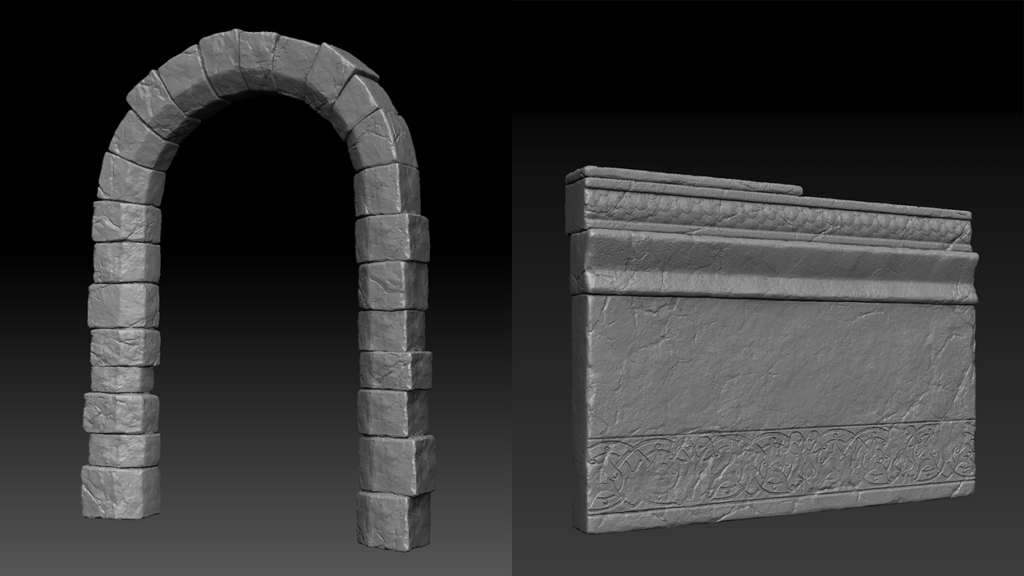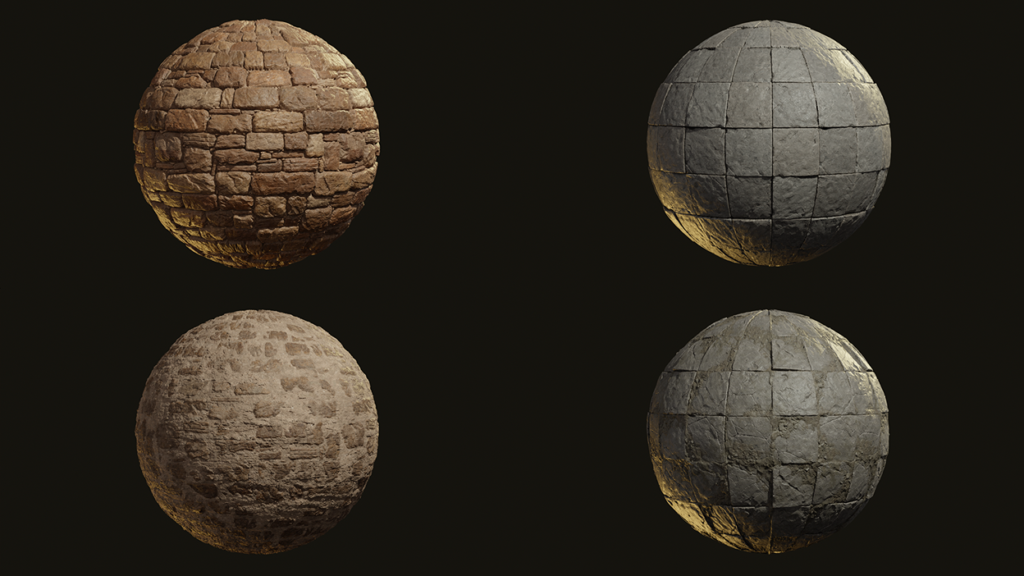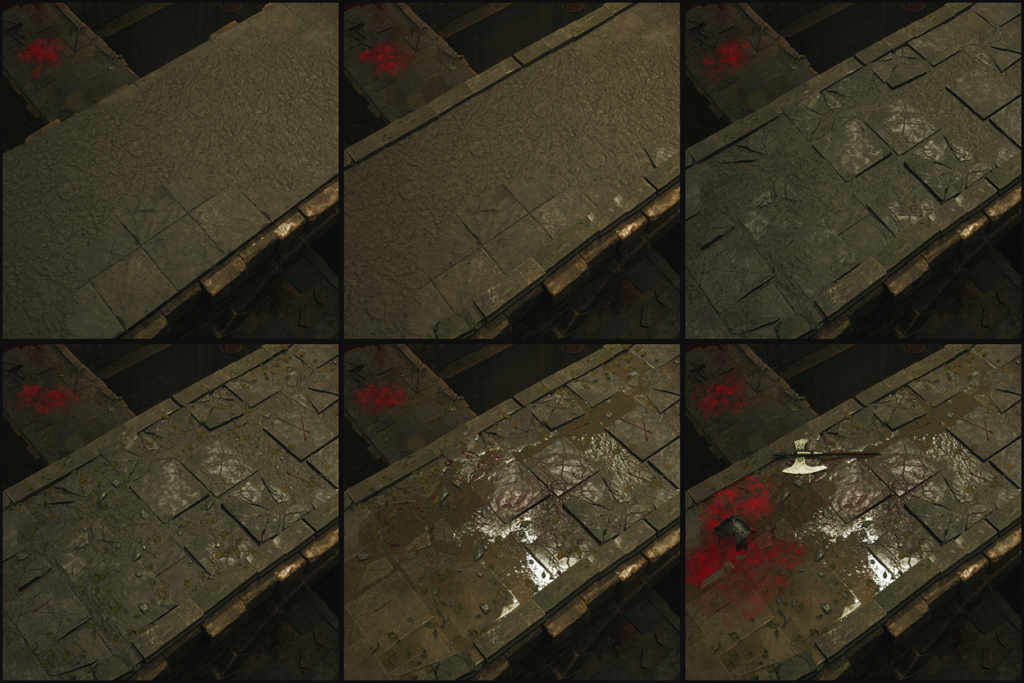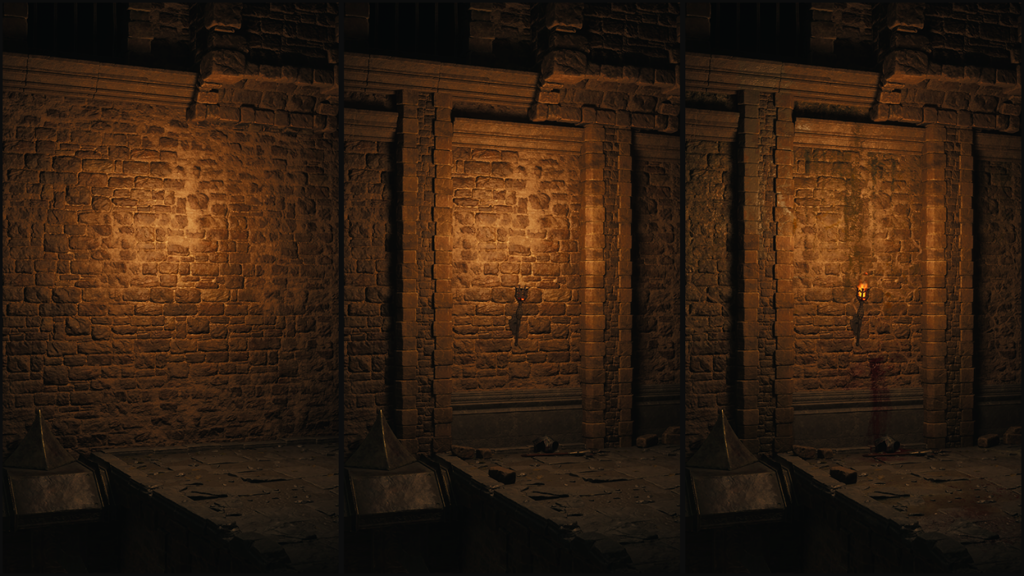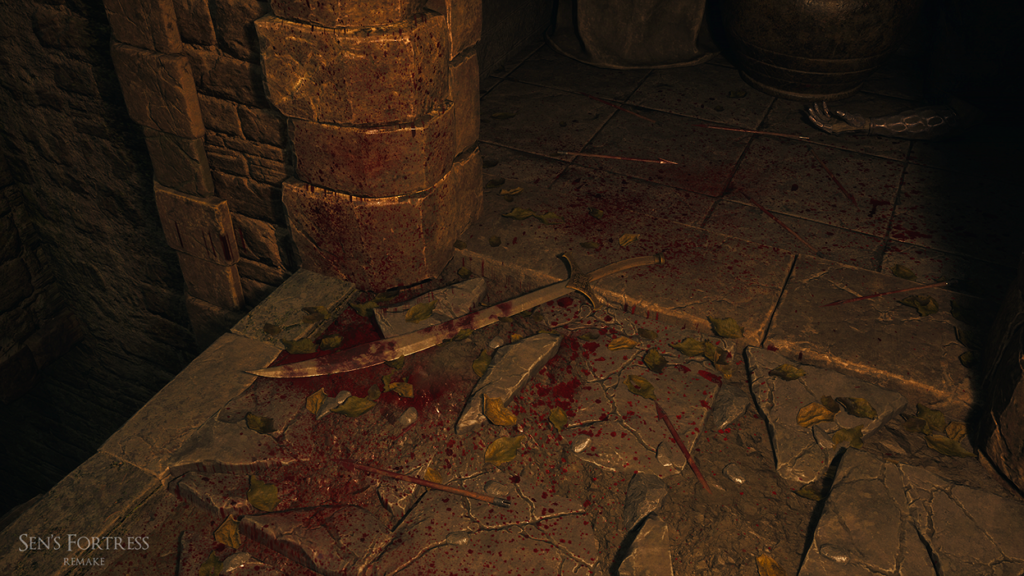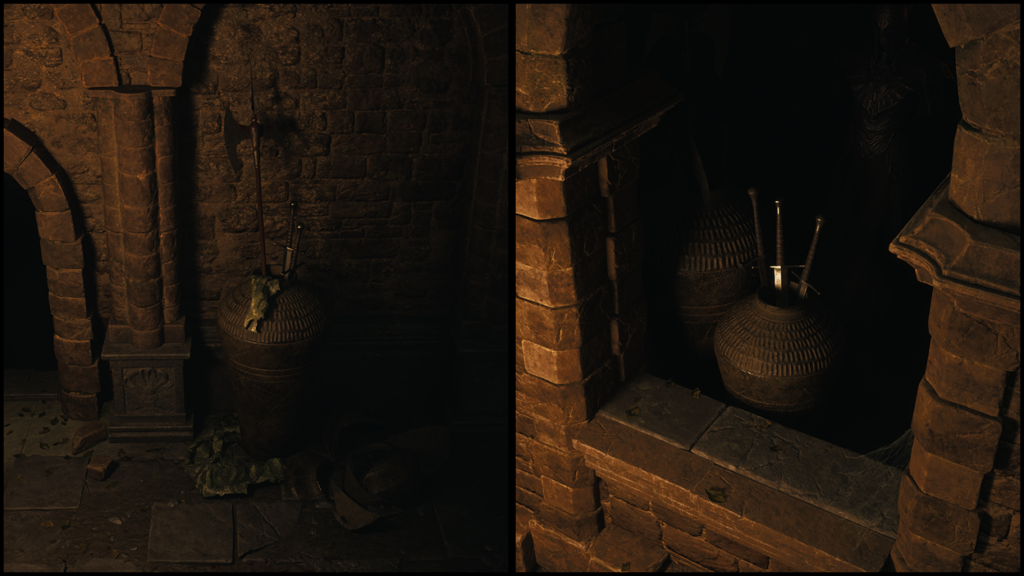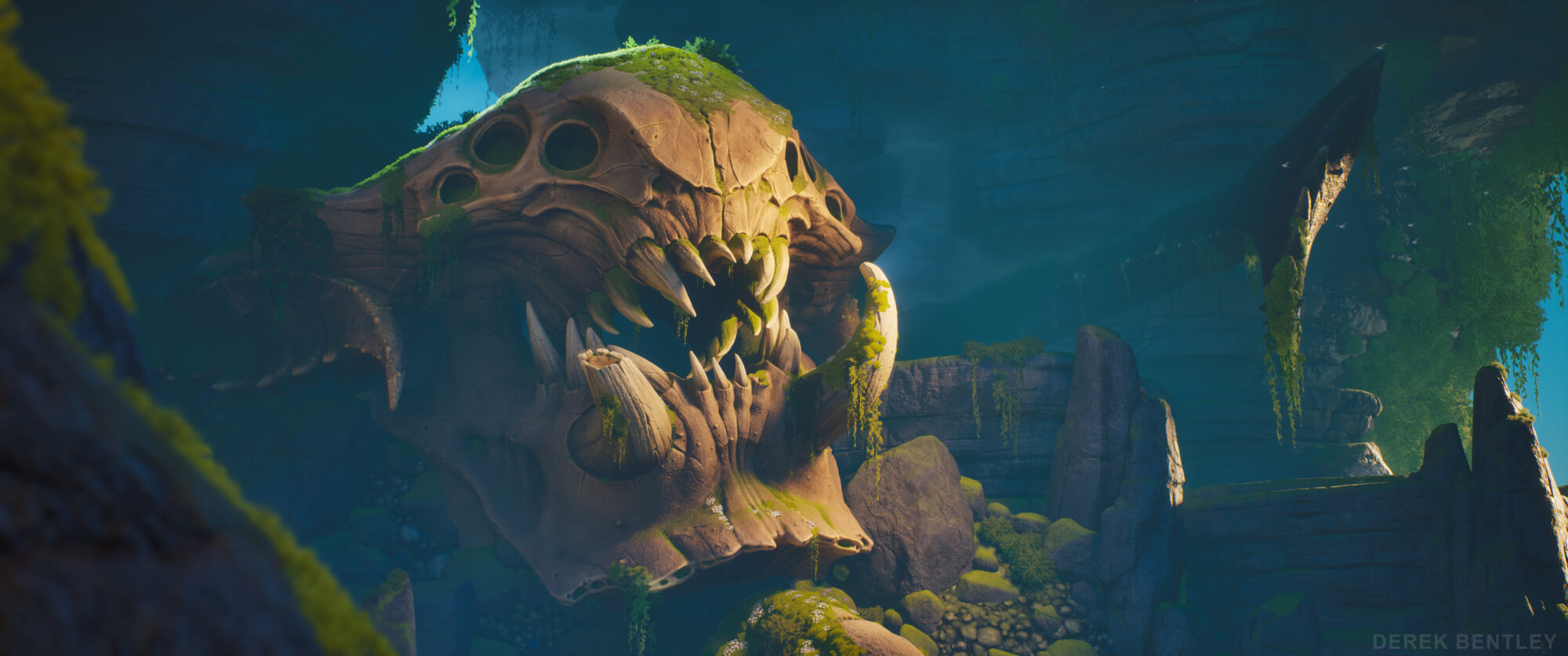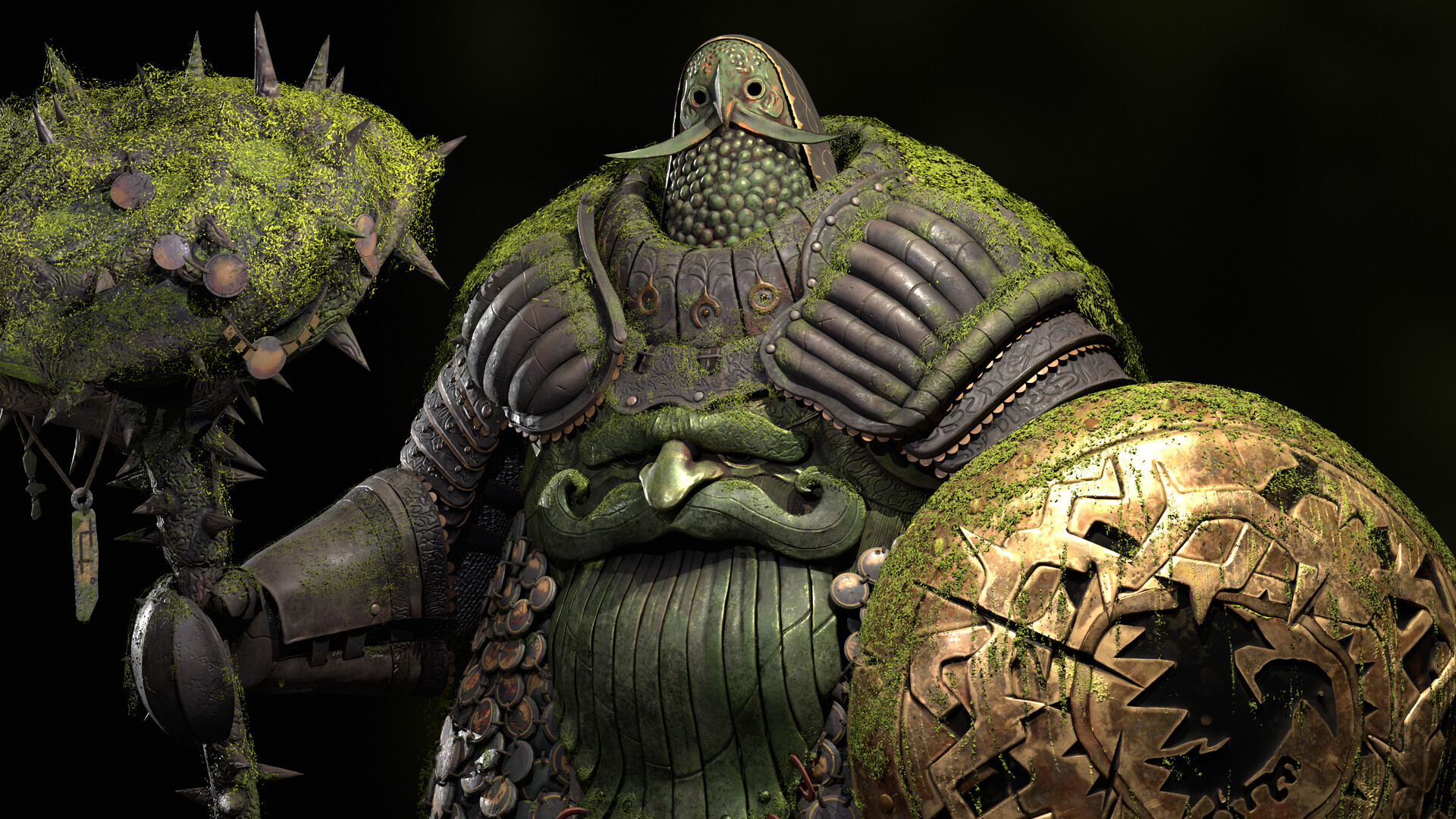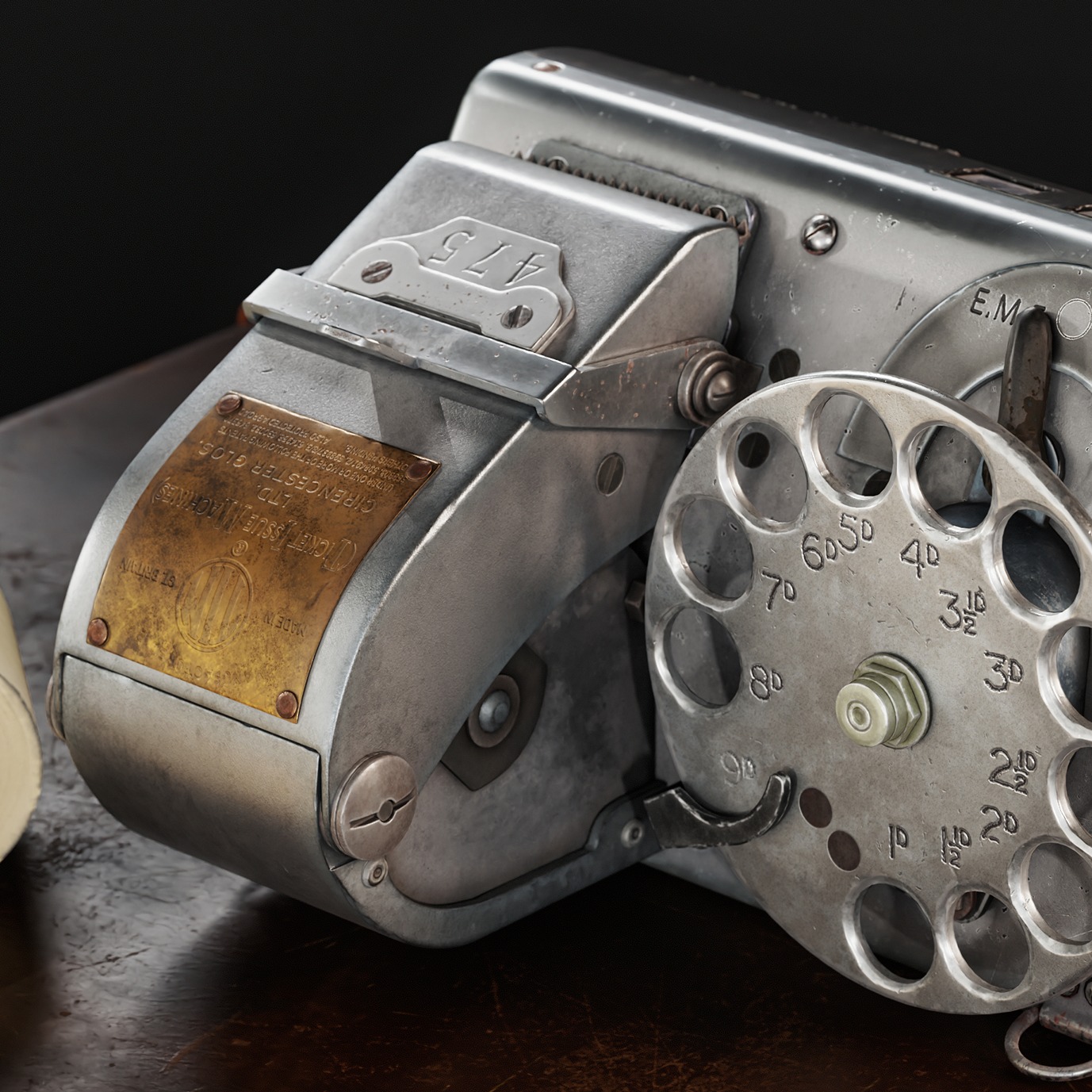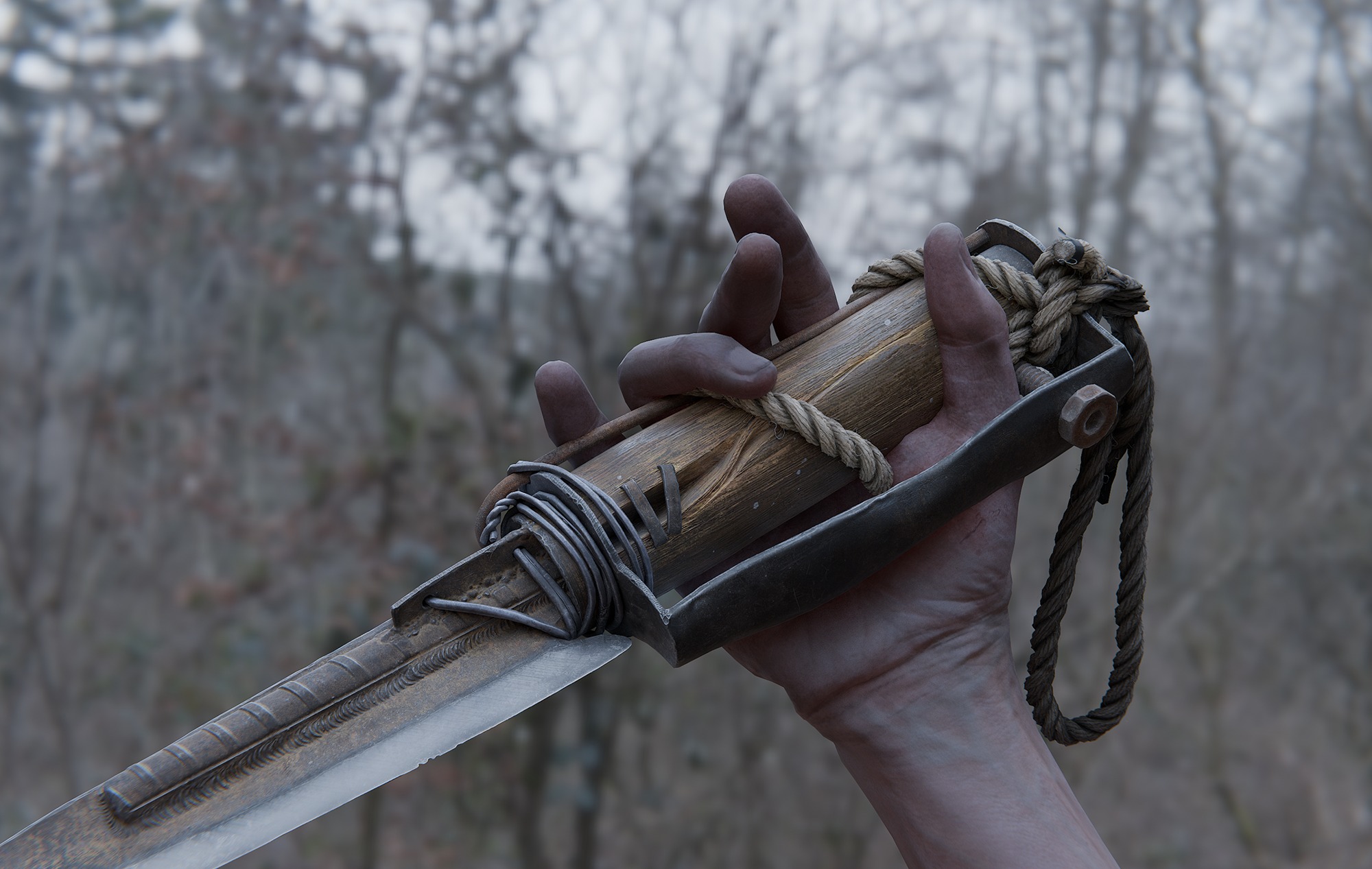Sen’s Fortress
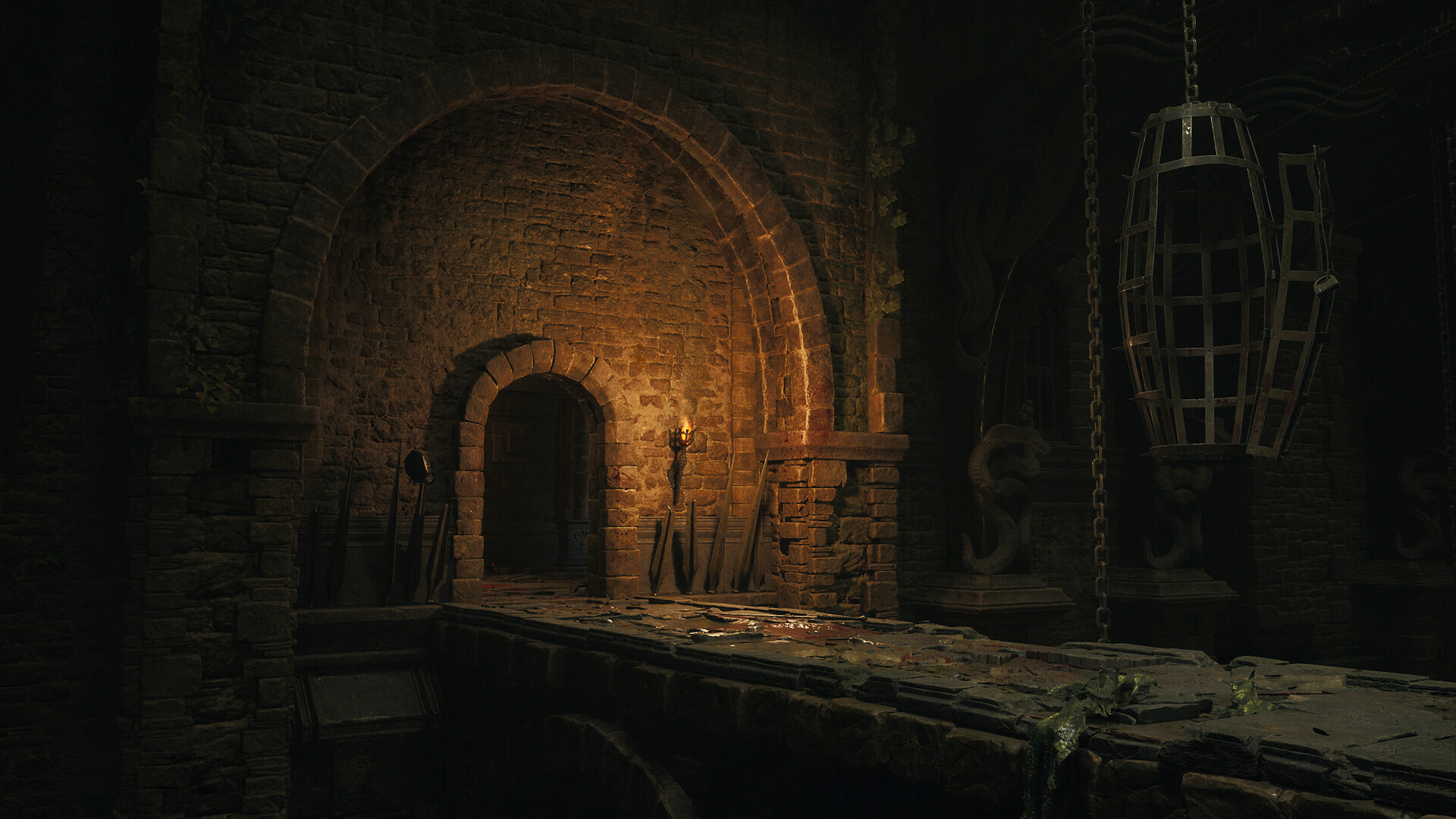

Introduction
My name is Myron Unzhakov, and I am a 3D Environment & Prop Artist based in London.
Project & Planning
Last year, I dedicated myself to learning Unreal Engine 5, and with this project, I took on the challenge of remaking Sen’s Fortress from Dark Souls 1.
Drawing inspiration from Demon’s Souls Remake by BluePoint Games, my goal with this project was to envision what a Dark Souls remake could look like if one were ever made.
Dark Souls 1 was released 13 years ago, and it is the first game of a beloved series. It was crucial to keep the original atmosphere and layout, focusing on improving visual quality and expanding the density of the level.
It was important for me to have an efficient pipeline to complete the project within 12 weeks of production time and to expand my skill set with new techniques.
References & Inspiration
BluePoint Games’ approach to creating a remake was my main source of reference and inspiration.
I studied their workflow by collecting reference images and reading everything related to the Demon’s Souls Remake that I found useful for my project.
I also captured numerous screenshots using the photo mode in Demon’s Souls Remake to use as references for modular pieces, textures, and set dressing.

Creative Process
Early on in the project, it became clear that remaking a level comes with its own set of challenges.
I realized the importance of finding a balance between introducing new elements or improvements and preserving the original features that made the level unique in the first place.
One of the key goals was the idea of building on top of what made the original level great, achieving a new but familiar look.
Blockout
The blockout was built in Unreal Engine using primitive shapes.
I made approximations for the width, height, and depth of the room with traps, along with scaled placeholder meshes for the bridges, pillars, and other architectural elements based on the screenshots from the original level.

Modularity
I approached every aspect of asset creation for this project with modularity in mind. I broke down the original level into repeatable modular pieces, which I then recreated using Maya and ZBrush.
My modular kit included different pillars, door frames, curbs, floor tiles, stone platforms, scaffolding, wall blades, and bridge arches.
Some props, like large trap blades, were also built with a modular approach and assembled later inside a blueprint in Unreal Engine.

I used a standard 3×3 meter size for modular wall and floor planes.
I didn’t worry about texel density on other modular pieces or props, as I used a material layering approach that allowed me to scale the tiling of material on each asset separately.
UVs
I had a texture size limit of 2048×2048 pixels, with many secondary textures reduced to 1024×1024 pixels.
I tried to maximize the UV space for each asset, packing together the ones that would share the same material.

Materials
I used this project as an opportunity to practice creating custom materials with ZBrush and Substance 3D Painter. I created stone wall and floor tile materials, with damaged variations for each, which I later used with vertex painting.
I started by sculpting a set of stones, arranging them randomly, and duplicating the ones along the edges to make them tileable. To add finer details, I used different grunge maps applied through the Noise modifier in ZBrush.
For the damaged variations, I adjusted the placement of stones, pushing them inward and exposing more limestone on top.
To add color and other maps, I used Substance 3D Painter. As a base, I imported neutral stone textures from Megascans, which provided realistic color variation and roughness, and then layered additional details using grunge maps from the default Substance library.
I ensured the final material wasn’t overly noisy, keeping it easily readable. The same approach was also applied to the floor tiles.
Material Layering
I also used this project as an opportunity to learn material layering. This workflow is non-destructive, making it ideal for large-scale scenes like this that reuse many of the same materials.
To blend individual material layers, I created RGB masks for each asset. The red channel was used for edge wear, green for dirt, and blue for color variation.
This approach worked really well, and I ended up using it for the modular kit and most of the props.

Updating Original Designs
While it was essential to stay true to the original level and its prop designs, some objects, given the age of the game, felt too simple and had room for enhancement.
I aimed to push the design of the props further, building on top of Dark Souls‘ already brilliant designs to make them even more impactful.

Detailing and Decals
This environment features many repetitive floor and wall surfaces, which require extra effort to make them visually interesting.
For the floors, I layered different assets together. The setup included a base plane with vertex-painted textures, using both clean and damaged variations of my floor material.
I placed floor tile meshes on top to create depth, added dirt planes for more variation, and used the foliage tool to scatter fallen leaves and small rocks. Finally, I added water puddles and blood-splatter decals.
For the walls, I aimed to reduce flatness by integrating columns, platforms, and scaffolding from my modular kit. I completed the look with a variety of leak and crack decals.
Lighting
Natural light in this environment comes from the hole in the ceiling, while the interior is illuminated by numerous torches.
The primary light source in my scene is a Directional Light, utilizing both distance field shadows and volumetric effects for added depth.
For the torches inside, I selectively enabled shadow casting depending on the importance of the light source to maintain higher performance.
I also added a light function with a rotating foggy texture to mimic the flicker of fire.

Set Dressing
I placed numerous blood decals and scattered broken, bloody weapons throughout the environment to narrate the failed attempts of those who tried to get through the fortress.
I aimed to improve the visual storytelling of the original version where I could. For instance, the pots in the original game served little purpose beyond just being breakable objects.
I reimagined them as trash bins of some sort, where the snake-people discarded their shed skin and stored the weapons of fallen warriors.
Conclusion
This project was a significant opportunity for me to improve my artistic and technical skills.
Overall, I am extremely happy with how it turned out and the new techniques I was able to learn while working on it.
I want to thank everyone who helped me with feedback and support, and to Games Artist for the opportunity to share it with you.


